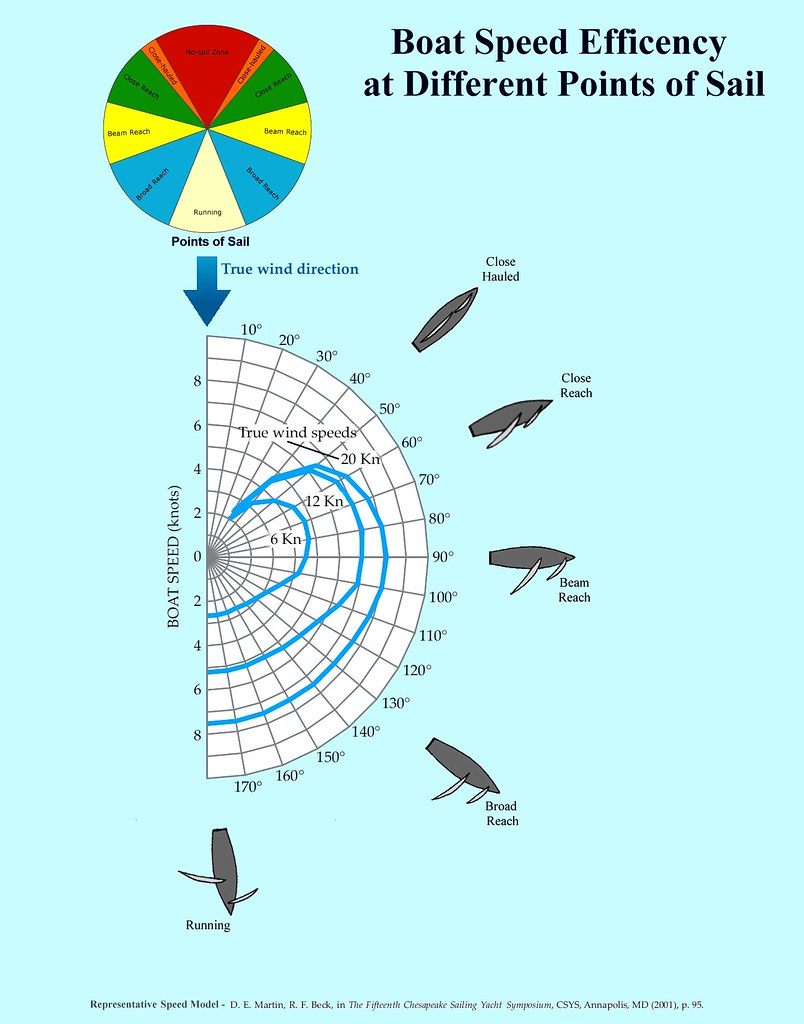bandeato19
New Member
I seem to keep losing the wind in my sails. I constantly have to move the rudder to keep the boat moving at a 45 with the wind. I think the problem may be due to a flimbsy rudder but, I am not sure. I have to fight the boat to get it to move like I want and overcompensate with the sail. Any help/suggestions?????
Thanks
Thanks

 I believe 45 is about the max..............maybe you want to try to flatten your sail more or try sailing a bit more off the wind.......
I believe 45 is about the max..............maybe you want to try to flatten your sail more or try sailing a bit more off the wind.......
 )
)